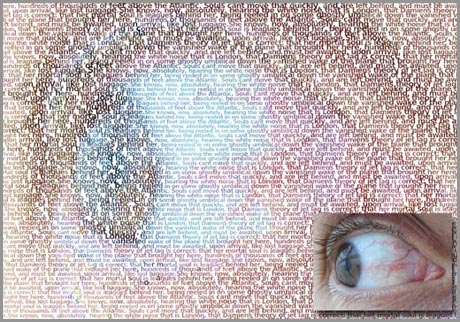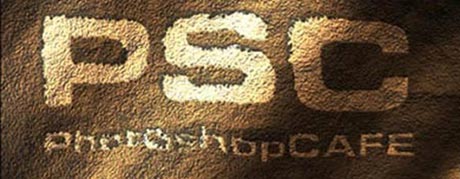 There are already many applications available which allow you to tweek the settings in OSX Leopard to adjust the dock, the menu bar, and other areas you wish to alter. But one thing that bothers me is having all those little apps hanging around my hard drive, or worse yet, running at all times. UsingMac has listed 13 very handy Terminal commands that do the same thing as many of these apps, without the space and memory overhead. It’s as simple as copy & paste. Check them out.
There are already many applications available which allow you to tweek the settings in OSX Leopard to adjust the dock, the menu bar, and other areas you wish to alter. But one thing that bothers me is having all those little apps hanging around my hard drive, or worse yet, running at all times. UsingMac has listed 13 very handy Terminal commands that do the same thing as many of these apps, without the space and memory overhead. It’s as simple as copy & paste. Check them out.
13 cool OSX Leopard tweeks via Terminal
Use Textorizor to combine text & graphics for a stunning image effects
 Sometimes the image you’re using in your latest design layout just isn’t interesting enough and using Photoshop filters just isn’t cutting it. Enter Textorizor, a creative way to combine text and your image to create a unique look for your next design piece. While Textorizor is actually just code that needs to be compiled, there is a simple Web interface available for the non-code-geeks among us. There are actually two versions of Textorizor available, the sample above uses Textorizor 2. As you can see, the original image (inset) is used along with user input text to create the appearance of a text image. You could re-create the effect of Textorizor 2 in Photoshop using blend modes, but this just seems so much easier! And Textorizor 1 would just require a lot more mork.
Sometimes the image you’re using in your latest design layout just isn’t interesting enough and using Photoshop filters just isn’t cutting it. Enter Textorizor, a creative way to combine text and your image to create a unique look for your next design piece. While Textorizor is actually just code that needs to be compiled, there is a simple Web interface available for the non-code-geeks among us. There are actually two versions of Textorizor available, the sample above uses Textorizor 2. As you can see, the original image (inset) is used along with user input text to create the appearance of a text image. You could re-create the effect of Textorizor 2 in Photoshop using blend modes, but this just seems so much easier! And Textorizor 1 would just require a lot more mork.
Master your DSLR camera – program mode
You ponied up for a digital SLR camera because you hated the shutter lag on your little point-and-shoot. The good news: Your photos have improved! The bad news? You know they could be even better—if only you dared to let go of the camera’s “auto” mode. It’s as if you’ve been creeping around the neighborhood in a new Mustang using only first gear. No more! It’s time to take control, hit the highway, and learn what you can do in program mode. Lifehacker has a great feature titled Master Your DSLR Camera: Program Mode — worth taking a look at if you have a digital camera and you’re not yet used to the settings.
Working with Photoshop diplacement maps to achieve great effects
 Photoshop’s Displace filter moves around the pixels of one layer to make it look as if they’re following the curves or texture of the layer below. That bottom image is called a “Displacement Map.” Colin Smith has a great Displacement Map tutorial that shows how to use this powerful Photoshop feature.
Photoshop’s Displace filter moves around the pixels of one layer to make it look as if they’re following the curves or texture of the layer below. That bottom image is called a “Displacement Map.” Colin Smith has a great Displacement Map tutorial that shows how to use this powerful Photoshop feature.

